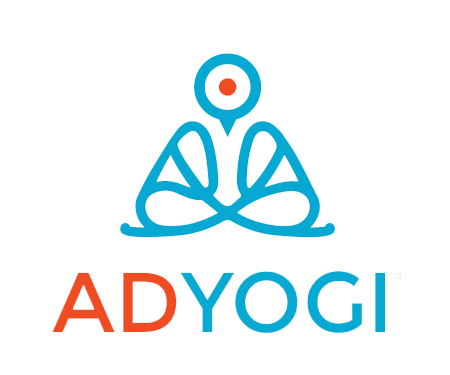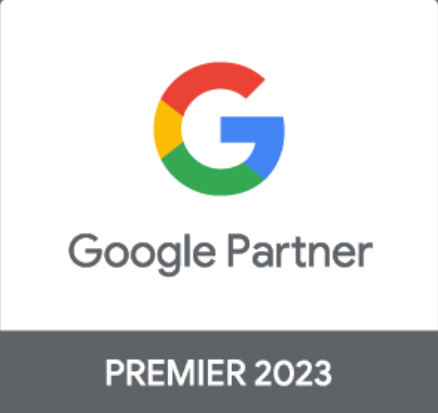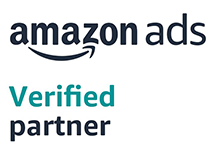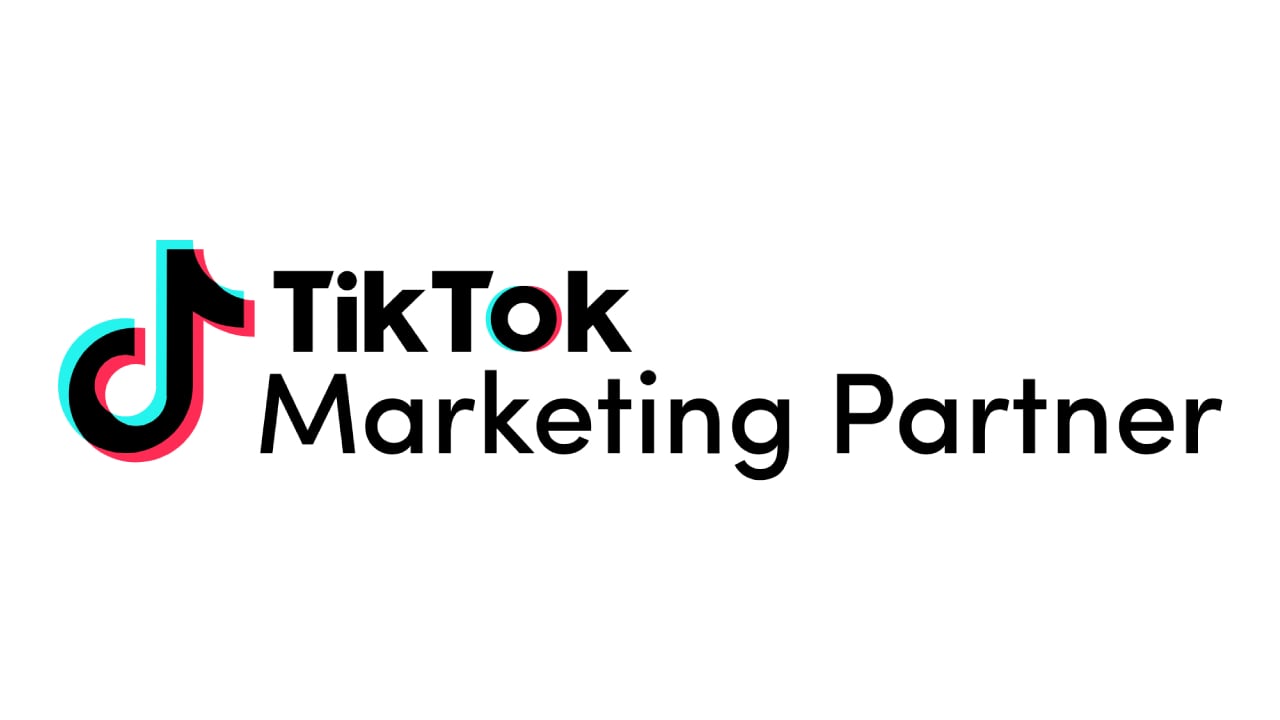The use of promotional tactics in order to drive traffic to your brand is a crucial part of building a strong online presence. While using the correct content strategy is non-debatable in this growing digital era, there is more to it.
Clients are no longer simply reliant on the content or an informal verbal exchange prior to purchasing an item; they try to peruse the surveys about an item on every platform on which the item is recorded.
E-commerce marketing broadens the accessibility of the brand by making it available to the customers at any hour of the day along with providing new marketing opportunities to the business owners as well as helping the customers to make a well-informed decision.
Sounds amazing, right? But it isn’t as incomplex as it seems.
A strong e-commerce strategy is important but smart work has always proven to be more successful than hard work hasn’t it?
Similarly, what is more, important is to use strategies that are more relevant to your brand.
Your guide to a strong e-commerce marketing strategy
Let's walk you through some useful hints that will assist your eCommerce strategists to achieve your top eCommerce marketing targets in 2022.
Provide customers with useful content, not promotions
Your customers are attracted to short cost-effective methods and not humble social interactions. Provide them with a direct link to their needs. Avoid using too many promotions and focus on building a community or a network where their needs are met. This can be done by addressing their pain points and helping them find a solution to their issues rather than promoting your product repetitively. Give your customers a reason to buy your product.
Let us have a look at how Fast & Up attracted its potential customers through tips and tricks for maintaining a nutritional diet during the fasting festival. Such tactics grab more attention as they directly approach the pain point of the customer.
Optimize for voice search
Voice search optimization is the most common way of bringing the data on your page to everybody's notice. It expects to advance your page to address the inquiries for individuals when they perform verbal searches. It will help in upgrading your overall brand ranking on search engine result pages (SERPs) along with improving the user experience. 65 percent of people aged 25 to 49 use voice-activated gadgets at least once a day. Each week, voice assistants such as Amazon's Alexa, Google Home or Assistant, Siri, Android, and Cortana are used to conduct about 31% of smartphone searches. By 2022, voice search will become a $40 billion channel, providing a huge income potential for brands.
Focus on personalized emails
Personalization comes in when a brand uses the data collected by various means within their email content to make an individual feel more connected with the brand leading to higher conversion. Studies have shown how personalized subject lines are more likely to be opened than those without.
Filters and QR magic!
Obviously, your clients are going to prefer finding items effectively and quickly, and the more straightforward it is for them to observe things, the quicker their buy will be. Filters permit them to bucket items in view of their boundaries. Similarly, QR codes increase user experience by letting a customer go directly to a page without having to ask for support.
Building a community
Building a community around the brand through increased engagement activities and online forums will ensure improvement in products, learning, and innovation along with the company's growth in the market. A strong brand community can be established through various social media engagement activities like Facebook groups, Linkedin groups, Instagram giveaways, live sessions, and amplifying brand customer loyalty through various programs and initiatives like customer reviews, rewards, credit points, and promotion campaigns.
2022 - Year of Digital Innovation
Simply relying on the above hacks without a proper sense of direction is not going to take your ride much further.
2022 is the year of digital innovation. And to prosper in this era, you NEED to have a detailed digital strategy that caters directly to your eCommerce business objectives.
Here are a couple of things to take into consideration- 
- Identify your business goals Adjust your marketing strategy to the business objectives illustrated in your business strategy in order to define a set of marketing goals that go along with the overall plan.
- Know your market Research is a fundamental piece of forming a strong marketing strategy. You really want to assemble data about your market, like its size, development, social patterns, and socioeconomics (populace measurements, for example, age, orientation, and family type). It is vital to watch out for your market so you know about any progressions over the long run, so your system stays pertinent and targeted.
- Create content that resonates The web loves content. Notwithstanding, regardless of the inundation of graphics, websites, and articles, numerous retailers keep thinking about whether they truly need these substance components to sell their items on the web. The short response is yes.
Whenever done accurately, content can continue to sell your message and will grow your span without you doing anything more. All things considered, creating content not only means working on a number of graphics, videos, and articles but it involves collaborating, managing social media timelines, E-books, publishing newsletters, and coming up with new ways to stay in constant touch with your audience. - Choosing the right social media platform Your smartest choice, with regards to online media, is to pick a platform that is the best fit for your brand image.
This incorporates assessing different platforms to check whether your client base is there, whether or not they're drawing in with brands, and in the event that the platform fits the character of your image.
Assuming you're a B2B brand, you will observe more accomplishment on a platform meant for an industry-based audience that appeals fundamentally to experts and brands hoping to interface with different professionals.
After formulating a strong business plan aligning with a well-formed marketing strategy, now we come to the next step which leaves us with the question of how can one use the information derived from above to form a strong e-commerce plan?
Wrapping up
There is no speedy answer for going ahead. Be that as it may, with these interesting methods, entrepreneurs can draw in more clients and urge them to consider what they bring to the table. These instruments are exceptionally powerful for new companies and private ventures searching for e-commerce marketing tools and strategies to support their conversion rates.





-1.png)






